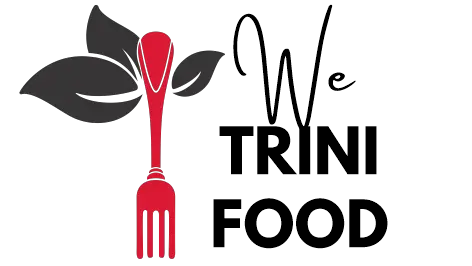Trinidad Diwali Sweets (With a Few Recipes)
Trinidad Diwali sweets are East Indian delicacies often made in T&T to observe Hindu ceremonies and the Hindu festival of lights, Divali. Some are also made to celebrate the Islamic Eid holidays.
Sweets like kurma are so popular they can be found for sale in various road side parlors and from street vendors. Here’s more.
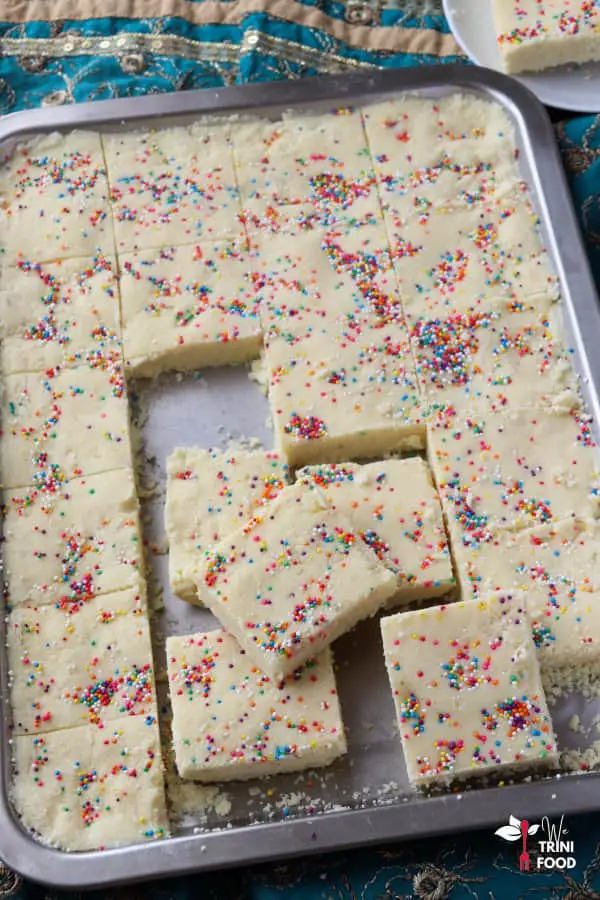
This post may contain affiliate links.
Trinidad Diwali Sweets
The most common sweets prepared for Divali include (scroll down for more info on each):
- parsad (or prasad)
- kurma
- gulab jamoon (or ‘fat kurma’)
- barfi (or ‘methai‘ – the Hindi for sweets)
- coconut barfi
- ladoo
- peera
- ras gula
- jalebi
- roat
- lapsi and suhari
1. Parsad
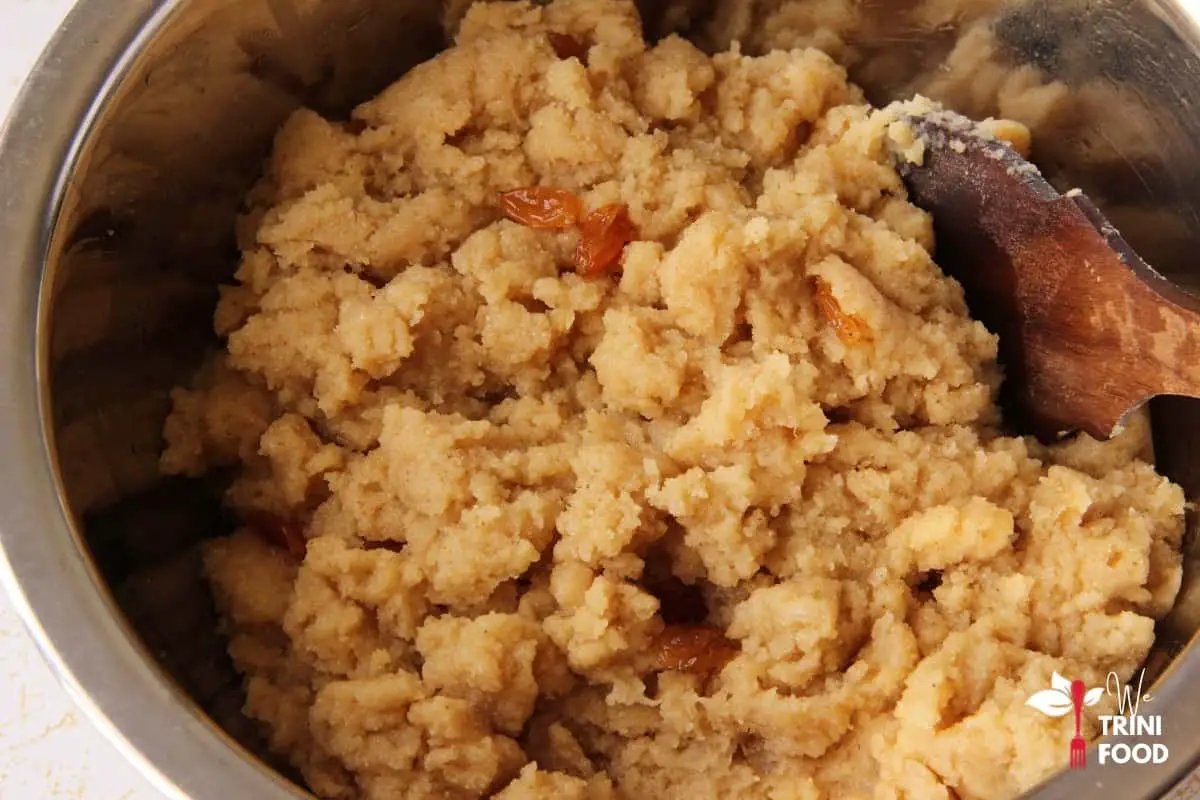
Parsad or prasad (which translates to gracious gift) is considered sacred since it is offered to the Supreme Being during prayer ceremonies. While we can’t give God anything, parsad serves as a representation of giving a part of yourself to the lord.
Trini parsad is made with ghee (clarified butter), flour, sugar, milk, raisins, and spices like ginger and cardamom. The result is a sweet, soft, crumbly dough.
2. Kurma
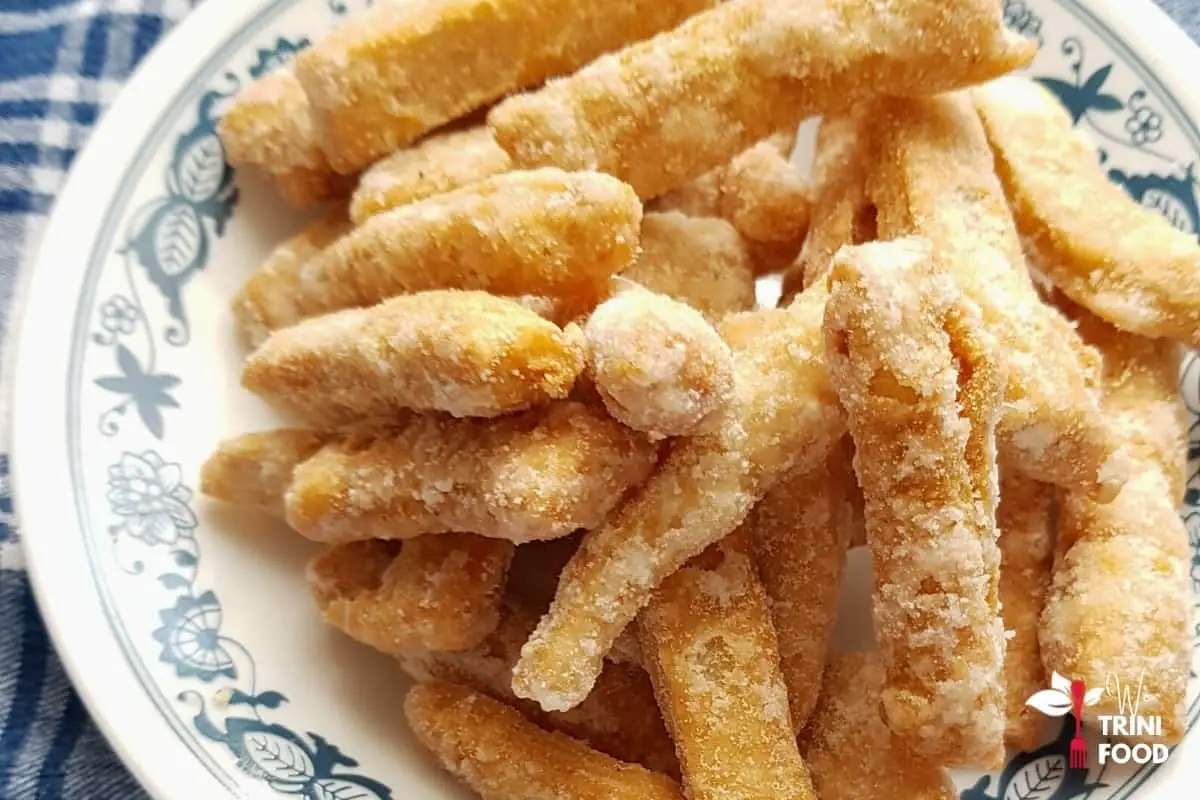
Kurma is small deep-fried dough made with flour, butter (or ghee), condensed milk and Indian spices like ginger, cardamom, and cinnamon. The dough is often cut into small sticks before deep frying and once cool, the kurma is coated with a runny spiced syrup made with sugar, water and spices like ginger and cardamom.
Sometimes, my mother-in-law use coconut milk in her kurma recipe and sprinkle powdered milk over the syrup.
3. Gulab jamoon
Here in T&T, gulab jamoon is very similar to kurma, and is sometimes called ‘fat kurma’. Like kurma, it is a small, deep-fried dough made with flour, butter or ghee, milk or cream, condensed milk and spices like cardamom and ginger.
The dough must be squeezed together to ensure it doesn’t crack when deep frying. Once cool, the gulab jamoon is coated in the same runny syrup made with sugar, water and spices like ginger and cardamom.
By the way, people from India refer to rasgulla as gulab jamoon. I’m not sure why there was a name change.
4. Barfi
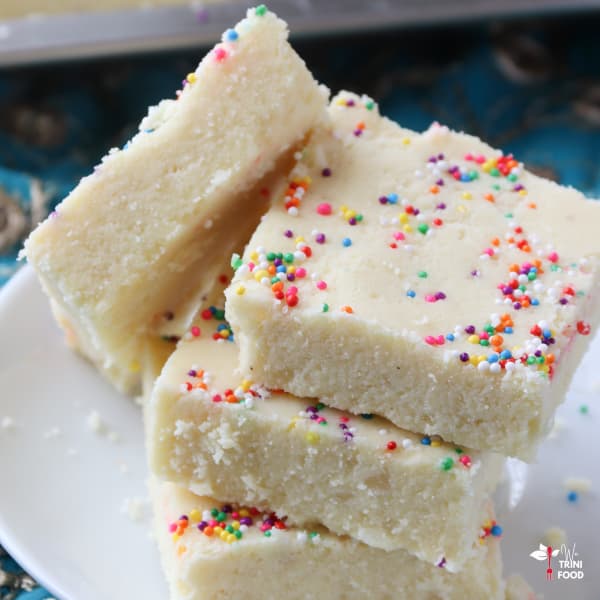
Think of barfi as a milk based fudge with sprinkles on top.
Barfi is a square bar made with milk powder, sugar, and spices like ginger and cardamom. It is pressed down onto a tray to remove any air pockets and topped with rainbow sprinkles, chopped nuts, pistachios, and more. Before it hardens completely, it is cut into that typical square shape.
5. Coconut barfi
Coconut barfi is similar to barfi but has an added coconut flavor. It is also shaped differently.
Coconut barfi is made with powdered milk, cream, shredded coconut, sugar and spices like cardamom and ginger. Once mixed, it is rolled into a ball and a piece of maraschino cherry is pressed into the top. JennaG has a great video for making coconut barfi
6. Ladoo

Ladoo is shaped like a rounded ball and has a unique, nutty flavor.
It can be made with dhal (split peas) and channa (chickpeas) that have been soaked, patched and ground to form a smooth paste. That paste is fried with peanuts and then ground. Other ingredients like sugar, ghee, condensed milk are added to form a coarse mixture. Small amounts are squeezed together to form the small, round ladoo ball.
Siddhi’s recipe is nice:
7. Peera
Peera is a square shaped Indian delicacy made with flour or rice flour, milk powder, sugar, condensed milk and spices like cardamom and ginger. The dough formed is deep fried, mixed with a spiced sugary syrup and pressed into a tray and cut in squares like barfi.
JennaG also has a video for making peera:
8. Rasgulla
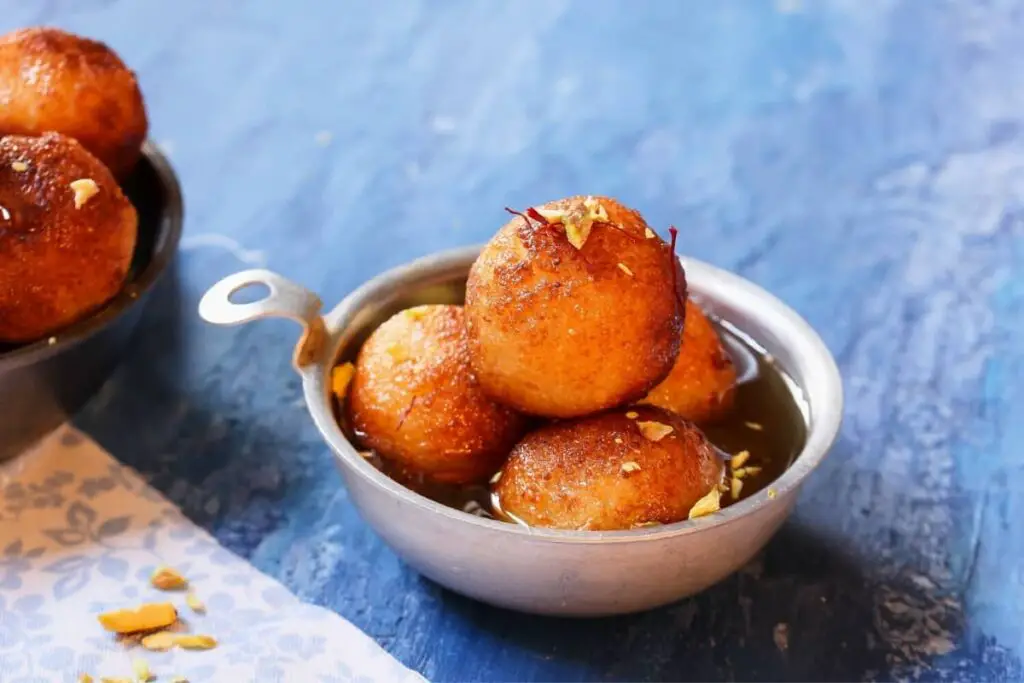
Rasgulla (or gulab jamoon as it is known in India) is a small fried dough ball that is served in a runny sugary syrup. The dough ball is made with flour, powdered milk, and spices. The syrup is spiced most often with cardamom and added to the dough ball. As everything cools, the ball soaks up the syrup and becomes a super sweet, melt in your mouth treat.
Take a look at Shamin Di’s video:
9. Jalebi
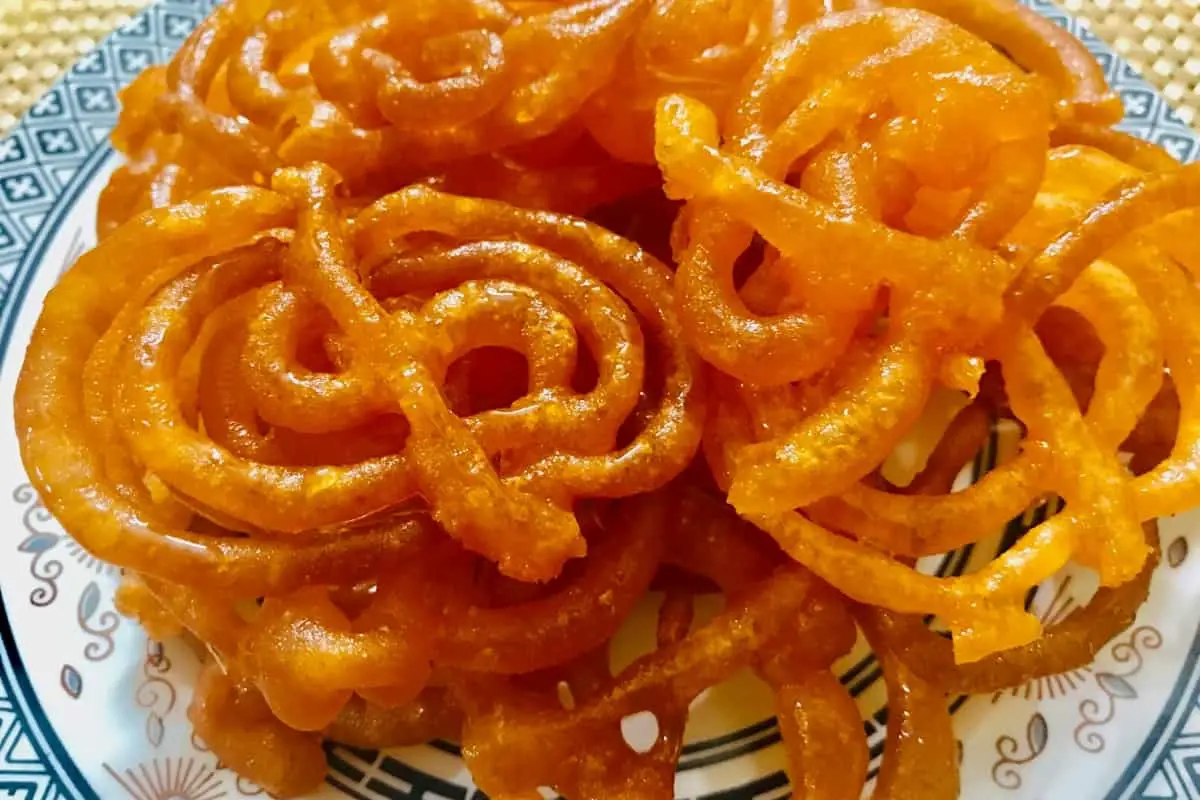
Jalebi is a unique Divali sweet that can be found year round, especially in Debe doubles establishments.
It is made with flour, yogurt and orange coloring and left to ferment overnight. The fermented batter is piped into hot oil starting as a dot and circling around to form a small spiral. It is fried until crispy, removed from the oil and added immediately to warm spiced syrup. The syrup crystallizes and creates a candy-like exterior around the fried dough.
Navin has a nice recipe on his Youtube channel:
10. Roat
Like parsad, roat is used in Hindu prayer ceremonies. It looks and resembles a thick, fried cookie.
It is made with flour, sugar, ghee and milk and shaped like a small disc before frying until golden brown. Roat is one of my favorite Divali sweets.
Check out Deepa’s tutorial on Youtube:
11. Lapsi and sohari
Lapsi and sohari are also important sweets used in prayers. Lapsi is a thick creamy paste made with flour, sugar, milk, ghee and spices. Sohari resembles a tiny roti and is made with flour, ghee and sugar. The dough is flattened and fried. To assemble, lapsi is pasted onto one sohari and covered by another one.
Taste of Trini explained how she makes them:
Those are the common Trinidad Divali sweets. Can you think of any others? Leave a comment and let me know.
More recipes to enjoy for Divali:
